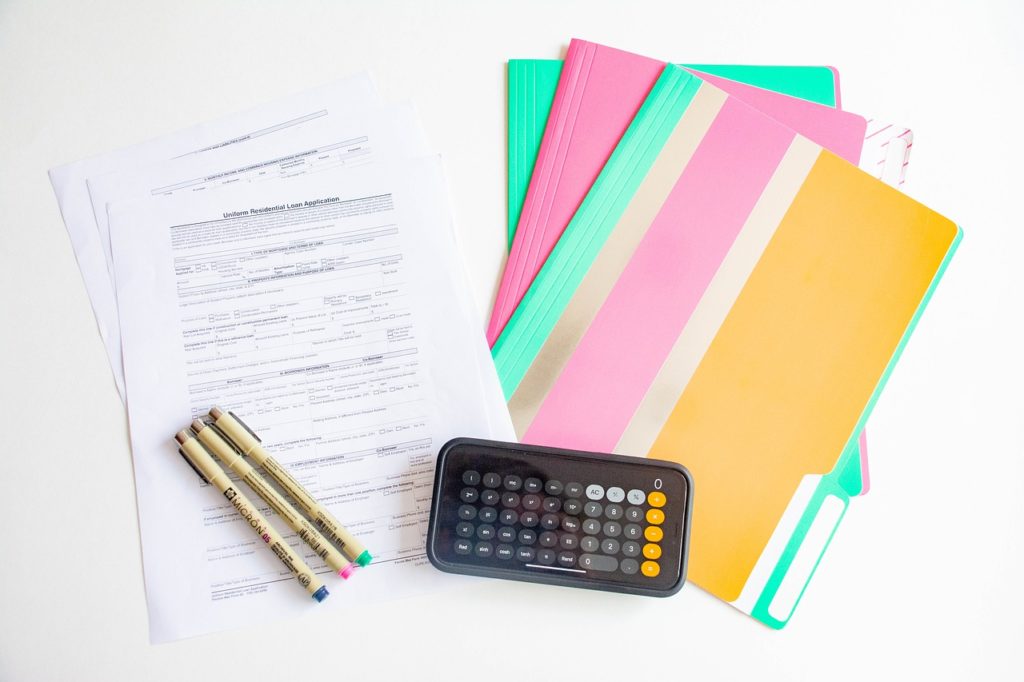The Ultimate Checklist for Buying a Home…know before you start the process…
Buying a home can be an exciting but overwhelming experience. With so many steps involved, it’s easy to feel stressed and unsure of where to start. But with this comprehensive checklist, you can feel confident that you won’t miss a single important step in the home-buying process. So grab a pen and get ready to start your happy house-hunting journey!
Table of Contents
Determine your budget and get pre-approved for a mortgage
Before you start looking at homes, it’s important to determine your budget and get pre-approved for a mortgage. This will give you a clear idea of how much you can afford to spend on a home and will also make you a more attractive buyer to sellers.
Start by reviewing your finances and determining how much you can comfortably afford to spend on a monthly mortgage payment. This is where you should look at your credit report and see your credit history. It is important to make sure all of your debts are listed on your credit. You must tell the mortgage professional all debts that you pay each month if they are not listed on the credit report.
Then, shop around for mortgage lenders and get pre-approved for a loan. This will give you a clear idea of how much you can borrow and will also help you narrow down your search to homes that are within your budget.
Pre-Approval for a mortgage meaning
Pre-approval means that your credit, debts, assets, and financial position is okay from the documentation you have provided to the lender. For a faster process; (it is important that it is accurate). It also means that the lender has verified the application information you have submitted and you are eligible for the mortgage loan for a certain loan amount, loan to value, except the contract and appraisal.
Normally, the only verification that is missing for pre-approval is the property evaluation. So, once you find the property, and sign the contract, the appraisal is completed and submitted and the final underwriting is completed.
There is a difference between a preliminary mortgage approval and a pre-approval for a mortgage, you can find these explained in the links here. *a preliminary approval usually means only that the credit has been approved and possibly other voiced information that must be verified for pre-approval.
Research neighborhoods and find a real estate agent
Once you have determined your budget and gotten pre-approved for a mortgage, it’s time to start researching neighborhoods and finding a real estate agent. Look for neighborhoods that fit your lifestyle and have the amenities you desire, such as good schools, parks, and shopping.
Then, find a reputable real estate agent who knows the area well and can help you find homes that meet your criteria. A good agent will also be able to negotiate on your behalf and guide you through the home-buying process.
*Note: You may want your own Realtor separate from the seller of the property.
Attend open houses and schedule private showings
Once you have narrowed down your list of potential homes, it’s time to attend open houses and schedule private showings. This will give you a chance to see the homes in person and get a better feel for the layout and overall condition.
During the showing, be sure to ask questions about the home’s history, any recent renovations or repairs, and any potential issues that may need to be addressed. Take notes and pictures to help you remember each home and compare them later.
Make an offer and negotiate the terms of the sale
Once you have found the perfect home, it’s time to make an offer. This is where you will negotiate the terms of the sale, including the price, (closing costs paid by seller-interest party contributions) closing date, and any contingencies.
Interested party contributions are limited per the GSEs, Fannie, and Freddie, as most lenders use their guidelines when making a loan. They are the following:
For Primary Residences and 2nd Homes:
3% of sales prices for 90% loan or greater to value
6% of sales prices for 75.01 to 90% loan to value
The percentage can go higher the lower the loan to value.
Caution: re-this prior Loan Office, Underwriter, etc.– if the seller pays any of the allowable closing cost-fees, it will be added to their sale price-bottom line.
Your real estate agent can help you with this process and ensure that you are getting a fair deal. Be prepared to negotiate and don’t be afraid to walk away if the terms are not in your favor. Remember, buying a home is a big investment and you want to make sure you are getting the best deal possible.
Get a home inspection and review the results
Before finalizing the purchase of your new home, it’s important to get a home inspection. This will help you identify any potential issues with the property and give you an idea of what repairs or maintenance may be needed in the future.
Your Real Estate Agent can recommend a reputable inspector, or you can find one on your own. Once the inspection is complete, review the results carefully and discuss any needed repairs, or concerns with your agent.
The bottom line is the house you have decided upon must be in an acceptable condition. If there are repairs needed, the appraiser must list those repairs and they must be completed before the final approval of the property. The lender’s appraiser should not be affiliated with the seller, the realtor, or the lender. His/her evaluation is to give the accurate value and condition of the property. It must have an adequate value to support the sales price of the home.



